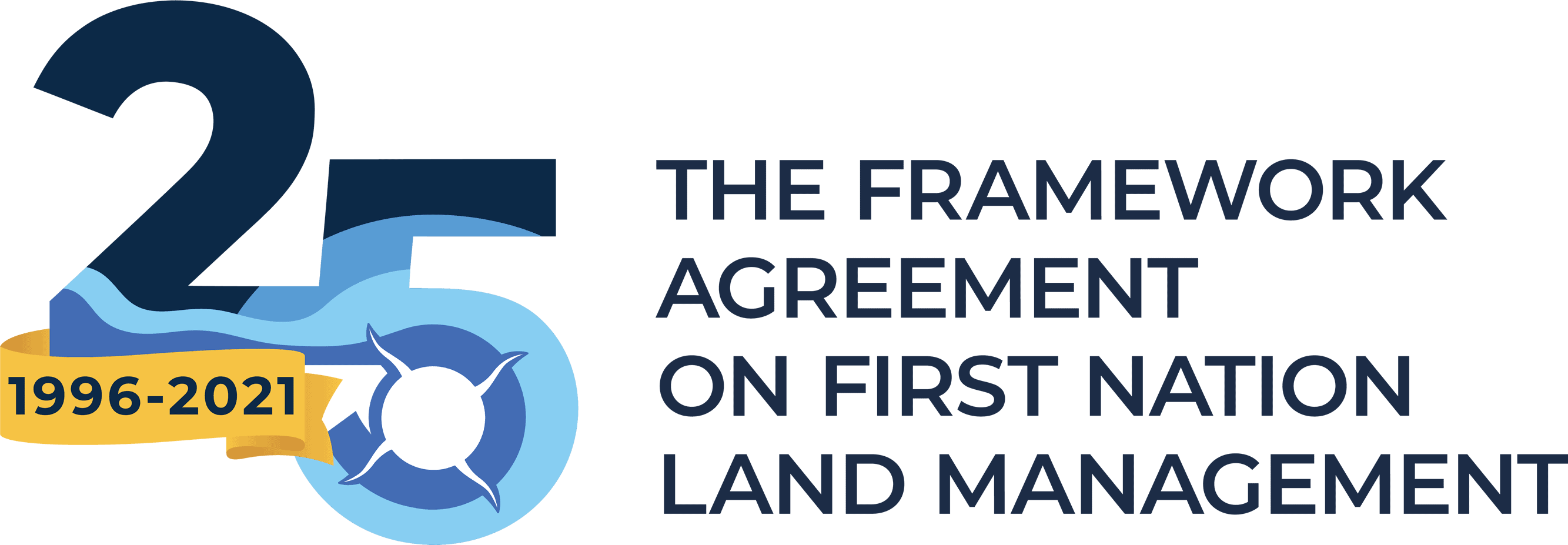A history of the Framework Agreement on First Nation Land Management
The Framework Agreement on First Nation Land Management celebrated its 25th Anniversary in 2021. After decades of supporting First Nation land governance, we reflect on the critical milestones and transformative change achieved by this historic First Nation-led accomplishment.
Near the end of the 1980s, a national group of dedicated Chiefs, studying the effectiveness of the Indian Act, concluded that:
- The Indian Act did not provide an adequate statutory basis for First Nations to govern their Reserve lands and natural resources, and
- Recognition and legal capacity were needed for First Nations to exercise their inherent rights to govern their reserve lands and natural resources.
In the early 1990s, these same Chiefs began to focus on the concept of a government-to-government arrangement with Canada which would recognize these inherent rights. The culmination of the work was the creation of the Framework Agreement on First Nation Land Management (Framework Agreement).
The purpose of the Framework Agreement was to enable First Nations to resume control over their reserve lands, natural resources, and environment for the use and benefit of their members without Government interference by replacing the land provisions of the Indian Act with First Nation-made laws.
On February 12, 1996, 13 First Nations Chiefs signed the Framework Agreement with Canada after years of First Nation-initiated negotiations. A fourteenth First Nation signed in May 1998. The completion of the Framework Agreement represents the only time in Canada’s history that a group of First Nations had joined together to design, negotiate, and sign a government-to-government arrangement with the Federal Government to recognize and resume their inherent right to be self-governing.
The Framework Agreement replaces the 44 lands-related sections of the Indian Act with the First Nation’s own laws through a community-developed and approved land code. Once the First Nation land code is enacted, the First Nation governs its reserve lands, natural resources, and environment according to their cultural values and priorities. Additionally, First Nations communities can now move at the pace of business, process land transactions more quickly, and encourage a more attractive climate for business and investment, creating more jobs and economic opportunities.
The Framework Agreement has a proven track record, having released roughly 20% of First Nations from under the colonial Indian Act lands system while enhancing environmental protection and facilitating increased economic development through modern governance systems, lawmaking and policies, and timely decision-making. Unlike under the Indian Act, First Nations completing the Framework Agreement process enjoy a regulation-backed lands registry system that is priority-based, paperless, and instant. This means greater land certainty, reduced or eliminated transaction costs and increased financing options for infrastructure, housing, capital and economic development projects.
FOR MORE INFORMATION
- To learn more about the support to Signatory First Nation, please visit our LAB and First Nations Land Management Resource Centre pages
- Click here for a complete list of Signatory First Nations to the Framework Agreement
- To hear direct experiences from First Nation Signatories governing with land codes, please visit our video and podcast feeds
A video in celebration of the 25 years of The Framework Agreement on First Nation Land Management

